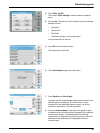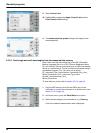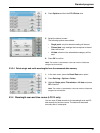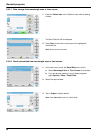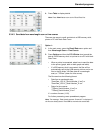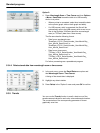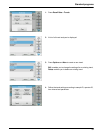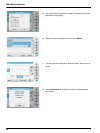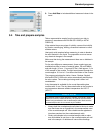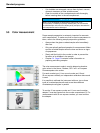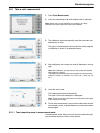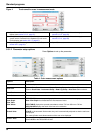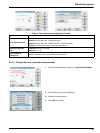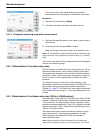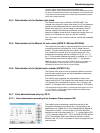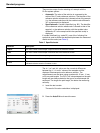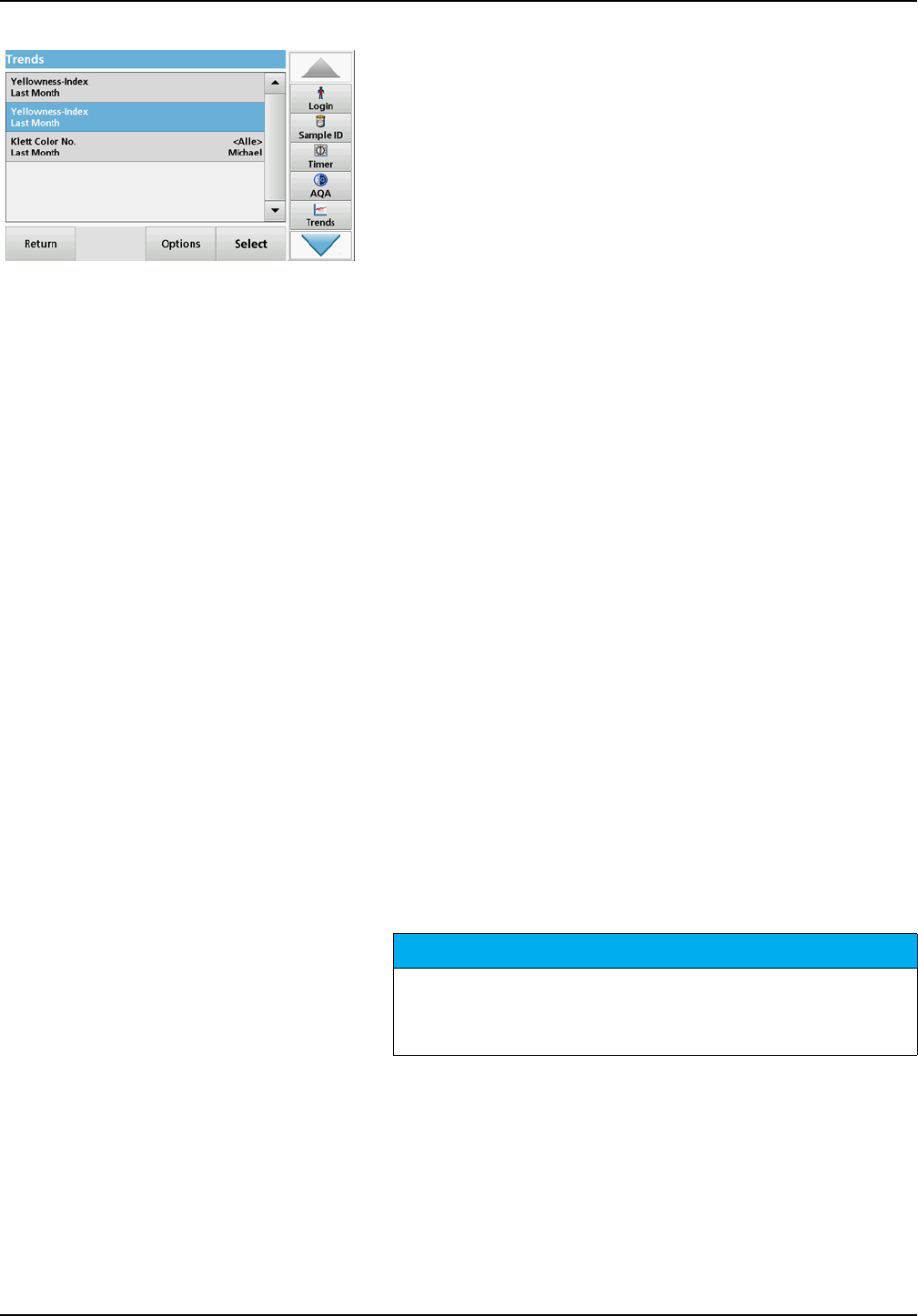
53
Standard programs
9. Press Add Data to include additional measured values in the
trend.
5.4 Take and prepare samples
Take a representative sample from the product you wish to
measure in accordance with DIN EN ISO 15528 (or ASTM
D3925-02).
If the material shows any signs of turbidity, remove this turbidity
by filtration, centrifuging, heating, ultrasound treatment or other
suitable means.
Heat partly solid samples before measuring in order to dissolve
the solid material in the liquid. The preparation must not cause
any chemical changes in the sample.
Make sure that during the measurement there are no bubbles in
the sample.
For the color difference measurement, three cuvette types are
available that differ in terms of material (glass, PS and PMMA)
and path length (10 mm, 11 mm and 50 mm). Add approx. 2 cm
of the sample to the cuvette. The light beam passes through the
cuvette approx. 0.5 cm to 1.5 cm above the bottom of the cuvette.
The program calculates the iodine, Hazen, Gardner, Saybolt,
Klett and ASTM D 1500 color values automatically and displays
the color values. The cuvette type being used is taken into
consideration.
A dry thermostat is available for the round disposable glass
cuvettes with 11 mm. The dry thermostat heats up the cuvette to
any temperature between ambient temperature and 150 °C
(302 °F).
• Always hold the cuvette/sample cell close to the top to make
sure that there are no fingerprints in the measurement zone
of the cuvette/sample cell. Use suitable transfer pipettes to
introduce samples into the cuvettes/sample cells.
• Slowly add samples to the cuvettes/sample cells to make
sure air bubbles do not form on the cuvette/sample cell wall
and in the sample. Air bubbles will cause false readings.
NOTICE
The samples must be clear and free of turbidity. If products in paste or
solid form cannot be measured directly, the product must be melted
before being transferred to the cuvettes/sample cells. Make sure the
cuvettes/sample cells do not contain any air bubbles.



